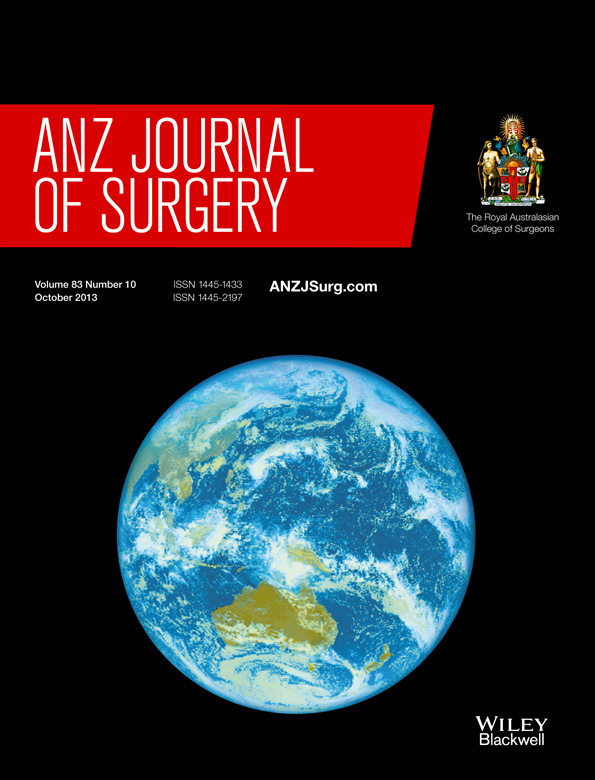Does an Acute Surgical Model increase the rate of negative appendicectomy or perforated appendicitis?
Abstract
Introduction
The clinical outcomes from suspected appendicitis depend on balancing the rate of negative appendicectomy (NA) with perforated appendicitis (PA). An Acute Surgical Model (ASM) was introduced at Geelong Hospital (GH) in 2011 involving a dedicated emergency general surgery theatre list every business day giving greater access to theatre for general surgeons. The aim of this study was to evaluate the effect of the ASM at GH on the management of appendicitis, in particular the NA and PA rates.
Methods
Data for 357 patients undergoing emergency appendicectomy was collected prospectively over 1 year (2011) and compared with a historical control group of 351 patients (2010). The data was analysed for patient demographics, preoperative diagnostic radiology and outcomes including NA and PA rates and complications. The negative appendicectomy rates were compared with contemporary studies.
Results
There was no difference between the two groups in rates of negative appendicectomy 21% (ASM; 73/357) versus 21% (Control; 73/351) P = 0.98, or perforated appendicitis 17% (ASM; 61/357) versus 13% (Control; 47/351) P = 0.18. The introduction of the ASM corresponded to a significantly lower proportion of emergency appendicectomies overnight (4% [16/357] versus 12% [44/351] P = 0.005). There was no significant difference in the use of preoperative diagnostic radiology or complications. Matched contemporary studies had a NA rate of 26%.
Conclusion
The introduction of the ASM at GH has not significantly altered the rate of NA or PA. The NA rate at GH is comparable to other published UK and Australian series.




